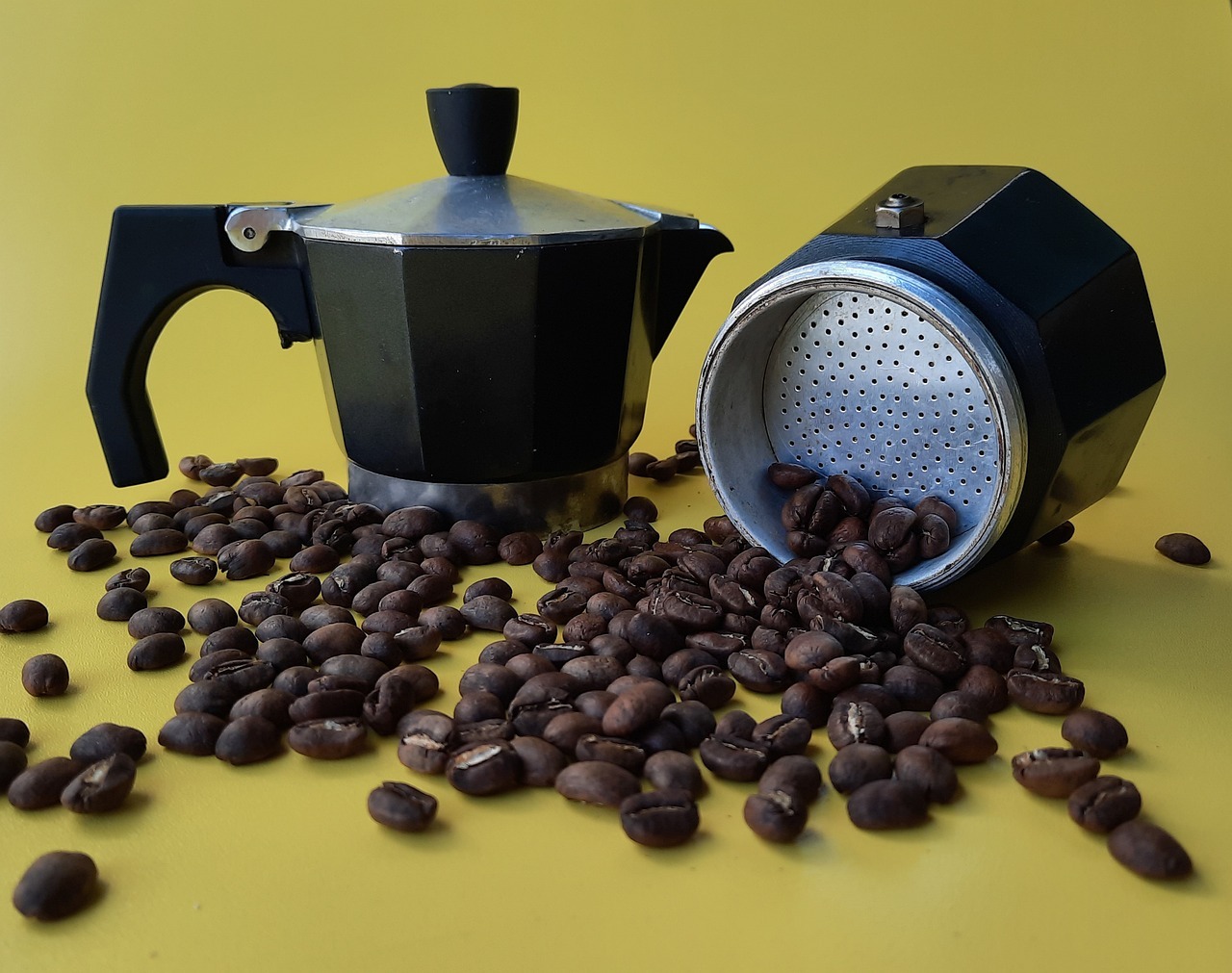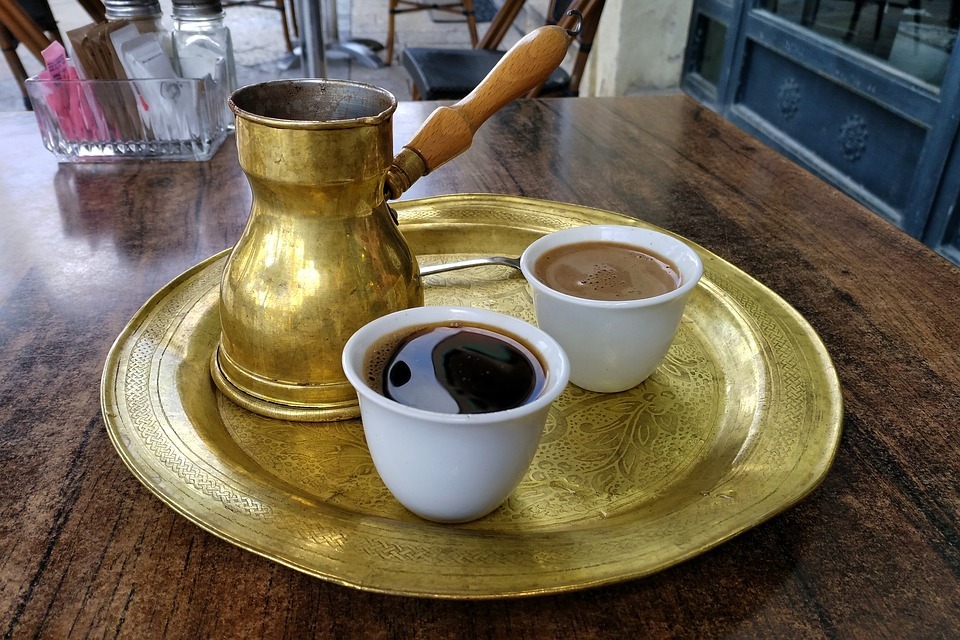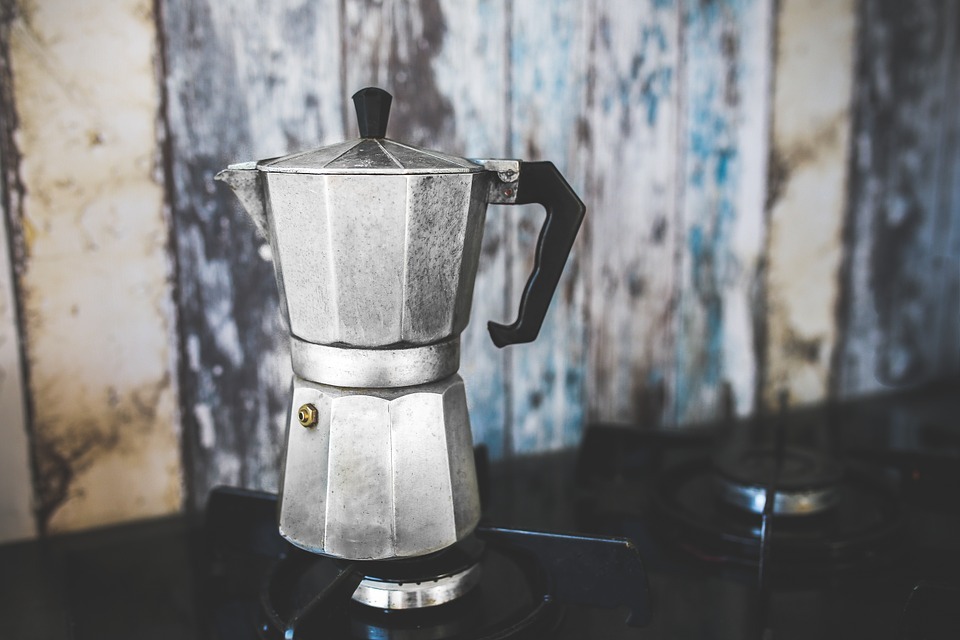In every place we go, we can enjoy a nice cup of coffee because there are now lots of coffee shops all over the world. If you don’t feel like going out for coffee, you can also create a cup in the comfort of your own home through the use of coffee makers.
There are many types of coffee drinks and coffee makers available in the present time. But have you ever wondered how coffee making began? Let’s take a look at the interesting history of coffee makers and coffee.
Turkish Style Coffee
Since 1615, Europeans have been enjoying coffee drinks when Venetian traders acquired it from Ottoman Turks. The first ever coffee shop outside of Istanbul opened in 1645. During that time, coffee was made the way Turks do until today. The coffee maker used in that time was called “cezve” or what we call today Turkish coffee pot. It was used by putting in a mixture of finely ground coffee, water, and sugar, bringing it to a boil then transferring it to a cup to drink.
From Turkish-style coffee preparation, have you wondered how the modern and more complex coffee makers emerged?
Percolator
After about 200 years, the French became the taste-makers when it comes to coffee preparation methods. They placed the coffee grounds in linen bags. These were then infused in water to remove the gritty sip. They also discovered that using boiling water could destroy the flavor of coffee. Therefore, they used water with a temperature just below boiling. Also, coffee pots during those times were just used as serving vessels and not as pots to prepare coffee.
In the 1800, the Archbishop of Paris named Jean Baptiste de Belloy invented the first coffee drip which was referred to as the French drip. It has an upper container where coffee grounds were placed, an empty lower container, and a cloth filter in between. Hot water was poured on the coffee grounds. The coffee would drip through the cloth filter going to the lower container, then it was served. However, this method took quite some time, which made the coffee lukewarm before it was served.
To solve the temperature issue of the French drip pot, an eccentric Anglo-American inventor named Benjamin Thompson stepped in. During the American Revolutionary War, he fought on the British side. Then, he lived in Bavaria and was named a count of the Holy Roman Empire and referred to as Count Rumford. In 1799, he left Bavaria and lived in England and France where he helped improved the Archbishop’s coffee drip pot. He enclosed it with an insulating jacket which could be filled with hot water, that kept the pot hot throughout the dripping process. The coffee drip pot was also called a percolator. It’s because the term, “to percolate” is what happens when a liquid passes through a permeable substance.
In 1819, Morize, a Parisian tin smith, created a design innovation to the French drip pot. He made one with three chambers. The bottom chamber holds the water, the middle chamber holds the coffee grounds, and the upper chamber was left empty. The pot was placed on a stove, and once the water boils, it was taken off the heat and turned upside down. The water drips through the coffee grounds into the empty chamber from which the coffee can be served. This drip pot design was taken up with great interest in Italy and it became known as the Neapolitan pot.
Also in 1819, a French patent for the first pumping percolator was given to a man named Laurens. His percolator had a metal pot with a chamber underneath which was placed on heat. In 1827, his fellow countryman named Jacques-Agustin Gandais, improved the design of his percolator making it a two-chambered pot with a tube connecting the top and bottom part. The coffee grounds were placed on the top chamber. When the water boiled, it was forced up the tube and it would spray over the coffee grounds on the top. Then it would drip back to the bottom chamber.
Glass Vacuum Pot
In 1838, the availability of glass improved and together with this were the advanced understanding of fluid dynamics and vacuums which paved the way to the invention of the glass vacuum pot. The first patent for this coffee making device was given in 1838 to a Frenchwoman named Mme. Jeanne Richard. Her design was based on a German pot made by the Loef company in Berlin. In 1841, some improvements were made by another Frenchwoman named Mme. Vassieux of Lyons. She made the French Balloon design of glass vacuum pots. This was a stylish design where guests could witness how the coffee is being made.
Glass vacuum pots have two globes on top of each other connected by a tube. The filter was placed at the top opening of the tube while the water was placed in the bottom globe and the coffee grounds in the upper globe. When the water was heated, it expands and forced to go up through the tube to mix with the coffee grounds. Then the heat is removed making the water vapor cool. When it cools, a partial vacuum is then created. It draws the coffee through the filter going down the lower globe, where coffee can be served.
In 1850, Britain’s James Napier, changed the design of the vacuum pot. He placed the two glass containers side-by-side and connected them using a siphon tube. But the process on how the coffee was made remained the same. In the early 20th century, the French Balloon style vacuum pot was revived in the United States and it became the basis of the Silex coffee pot. This is a popular glass vacuum pot in America. In fact, it because the generic name for any glass vacuum pot. The double globe vacuum pot was promoted on the other hand in France and it was improved by women.
In 1915, Mrs. Anne Bridges and Mrs. Sutton, two sisters from Massachusetts had the vacuum pot manufactured from Pyrex glass. It was a heat resistant glass which was more durable compared to the previous glass that were used.
In 1924, Silex company was sold to Frank Woolcott. And in 1957, it merged with Proctor and became Proctor-Silex.
French Press
Around 1850, another innovation for coffee making emerged in France which is now referred to as French Press or a plunger pot. It is a pot that contains a fine mesh screen attached to a plunger. When brewing is complete, it would be pressed down to prevent the depleted coffee grounds from pouring into the cup.
The innovators who received the first patent for this coffee maker were Messrs. Mayer and Delforge in 1852. However, the mesh filter in their design was not able to hug the sides of the pot tightly enough to keep the coffee grounds out. In 1930’s, their design was improved by two Italians named Attilio Calimani and Giulio Moneta by redesigning it with a spring coiling around the edge of the filter.
In 1959, the modern version of the press pot was created by Mr. Fallero Bondanini of Switzerland. It has a mesh screen extending out beyond the coiled spring and turning up at the edges. This is the style of French press we see in the present time.
Espresso
In the late 19th century, people became curious with steam pressure if it has an effect when making coffee. Therefore, a lot of experimentation happened during those times. The first one to be successful in feeding his curiosity was Luigi Bezzera who was an Italian factory owner. He built a machine that forces steam and boiling water at 1.5 atmospheres of pressure through the ground coffee and directly into a cup. This method only took a few seconds that’s why the coffee drink was named Espresso, which means fast in Italian.
Luigi Bezzera was a good inventor, but he was not good at marketing and he lacks money to promote his creation. This was why he sold his patent for his espresso machine to Desidero Pavoni in 1903. Pavoni made the machine popular and he eventually shipped it all over the world. The original La Pavoni machine can be seen in Café Reggio in New York City which dates from when the café opened in 1927. It was the first espresso machine to reach America. The downside of these early machined was they are difficult to operate and they often produce bitter coffee because the water combined with steam was too hot.
Also, back in those times, espresso can only be obtained outside the home. This gave an Italian inventor named Alfonso Bialetti and idea to create a variation of the 1819 percolator in 1933. His percolator was made with aluminum with three sections. The bottom part holds the water. It also has a filter basket with a tube from the bottom which holds the coffee above the water and screwed into the empty upper container. There is a rubber gasket in the bottom to ensure a tight seal, as well as a second metal filter. The pot is heated and the pressure would be forced upwards through the grounds of coffee going to the upper container where it can be served. Bialetti named this coffee pot the Moka Express or Moka pot.
A lot of Moka Pots were sold but its production was interrupted by the World War II. After the war, the production of Moka pots resumed with the management of Mr. Bialetti’s son named Renato. He succeeded in the marketing of Moka Express nationally. By the 1950’s, their company produced about four million coffee pots a year. Up to the present time, Mola pots were still being used by some of our grandparents.
In 1947, a coffee bar owner in Milan named Giovanni Achille Gaggia filed a patent for an espresso machine which used a spring-loaded, lever-operated piston. When the large lever was pulled down, hot water would be released to the chamber between the piston and the coffee. When the lever was released, the spring pressed down on the piston would expand and would force the hot water through the coffee at very high pressure. This invention gave the operator the ability to finely control the temperature and pressure of the water which resulted in a richer cup of coffee. This espresso machine was also able to emulsify insoluble oils and volatile compounds in the coffee which creates a highly flavorful cream. That’s why Gaggia named it “crema di caffe” or coffee cream.
In 1960, the final change in the modern espresso was brought by Ernesto Valente of the FAEMA company. Valente created a machine that used an electric pump to pressurize the water and force it through the coffee grounds. This machine started the scene of baristas pulling the levers on this machine to create a special brew. He also created the FAEMA’s E61 machine which was easier to use compared to those with lever and piston. It also uses the pressure at which modern espresso is made in the present time.
Automatic Drip Coffee Maker
In 1972, the history of coffee maker changed forever when the automatic drip coffee maker was invented by Mr. Coffee. Through the years, a lot of variations for the automatic drip coffee maker was created and part of these variations are the coffee makers we are using in the present time.
Knowing the history behind them will help us appreciate the best coffee makers we have today, whether at home or in the office. But with the advent of technology, there will always be room for innovations and new inventions. Always check out coffee maker reviews and look for the best coffee maker deals to get updated if you want to buy a new coffee maker.



